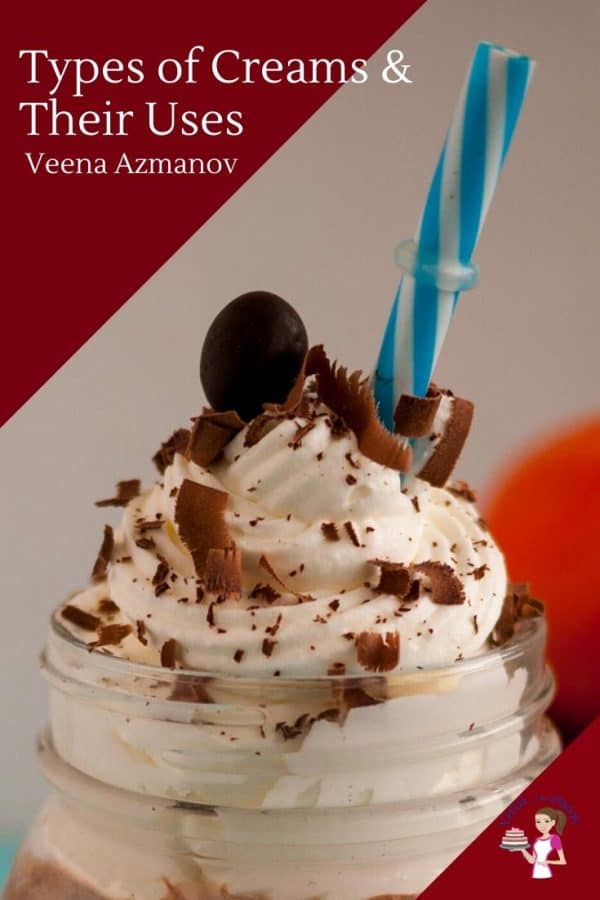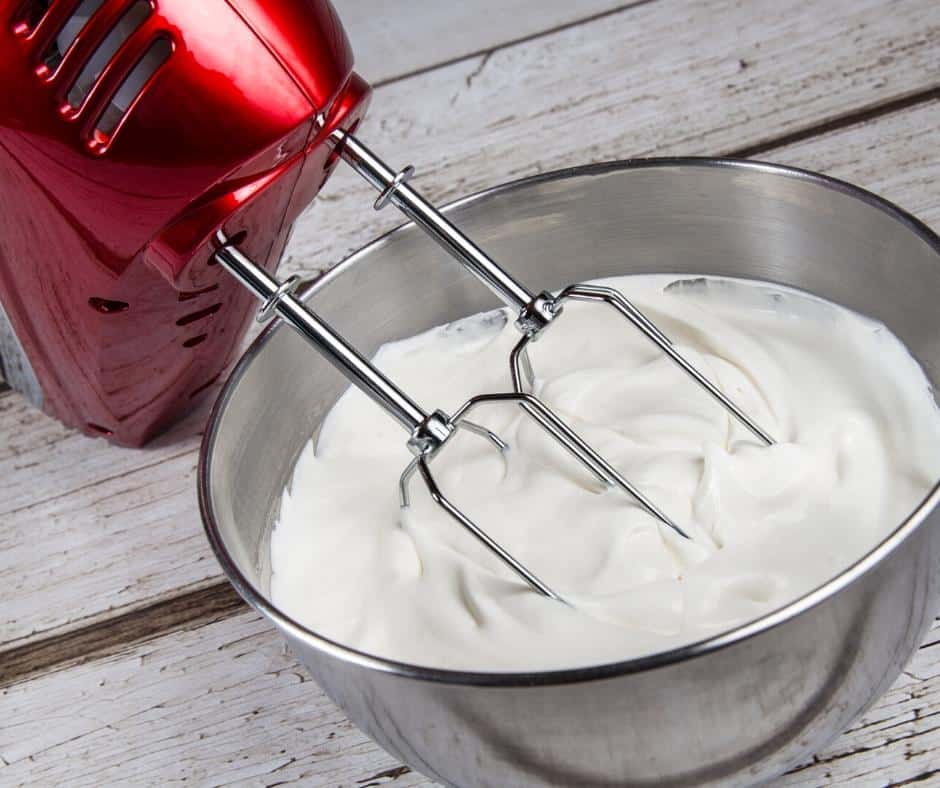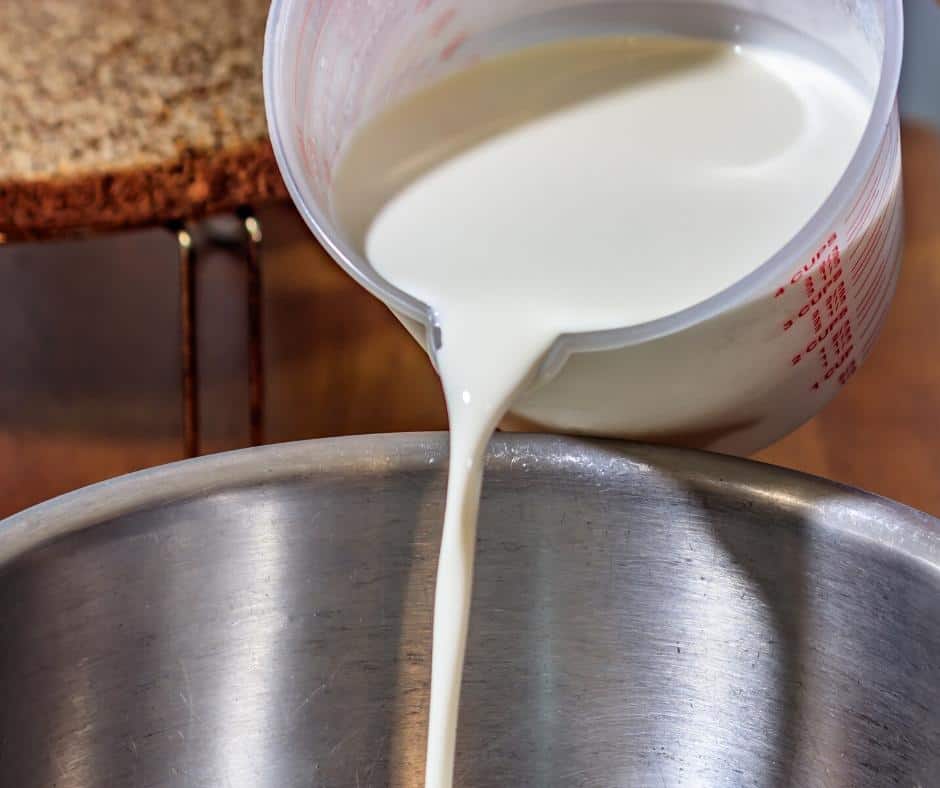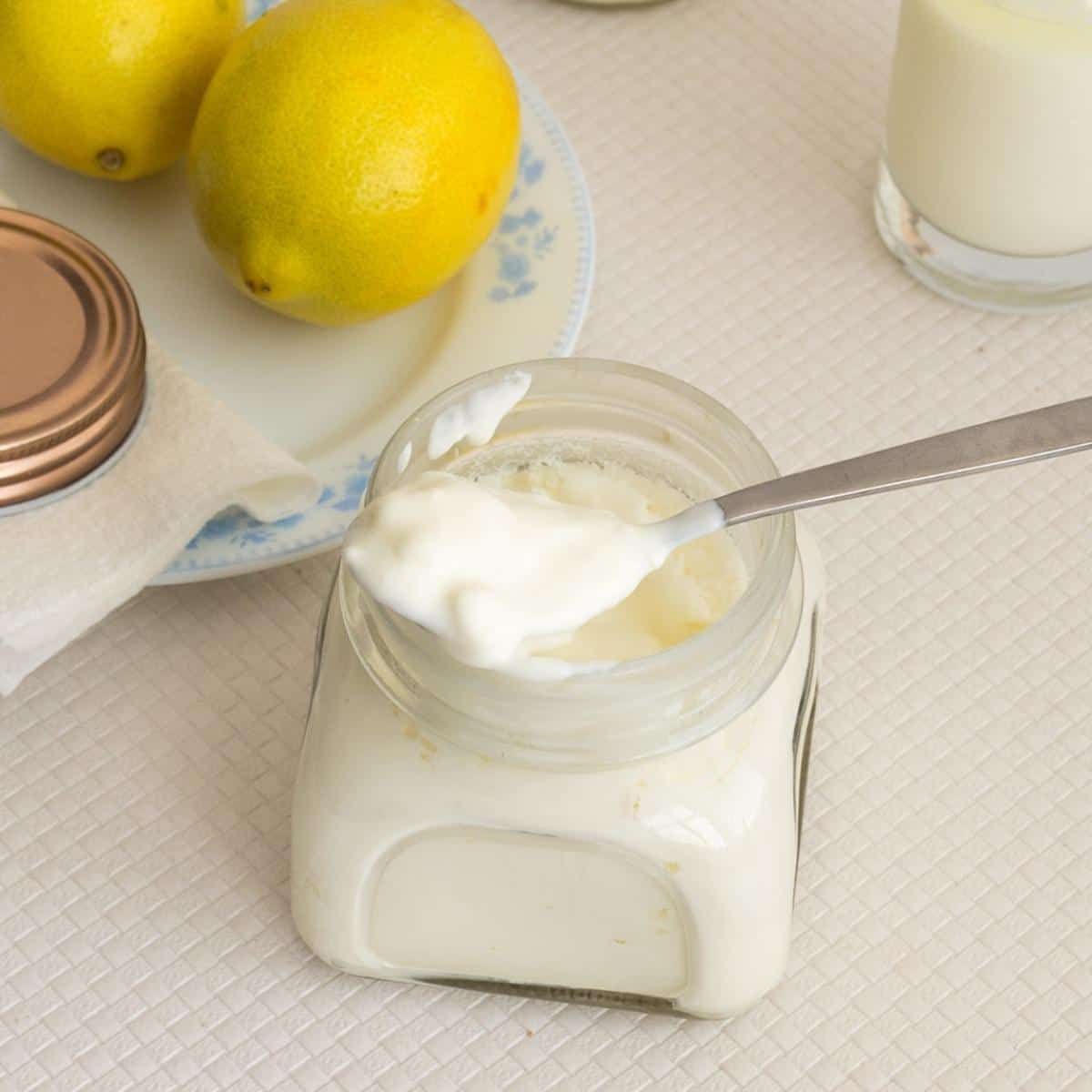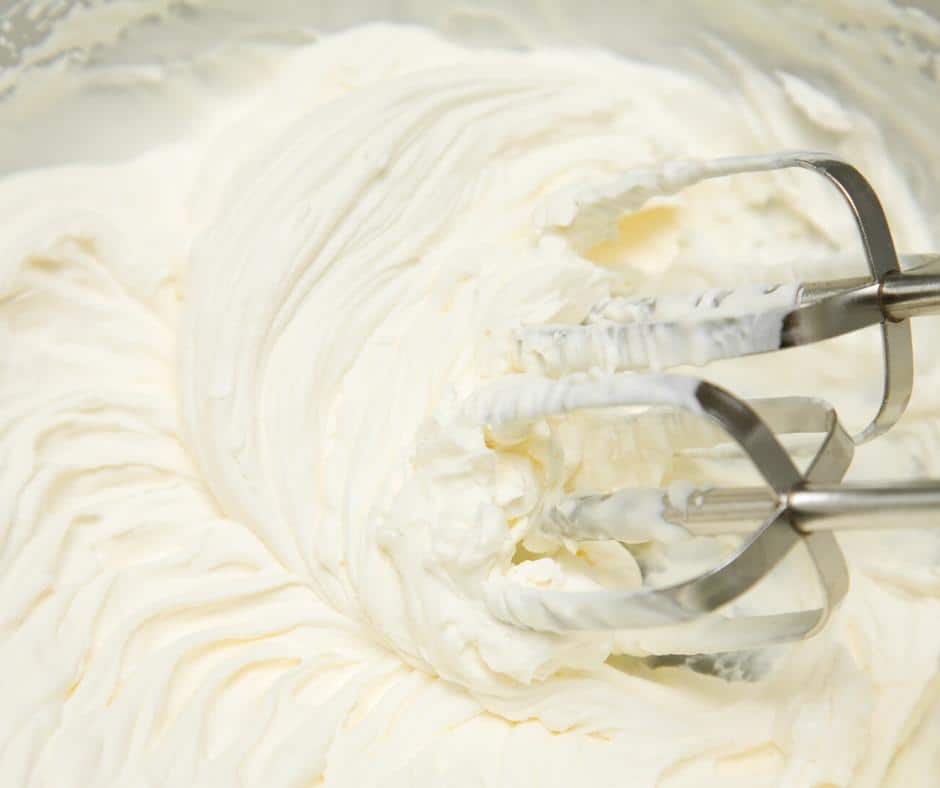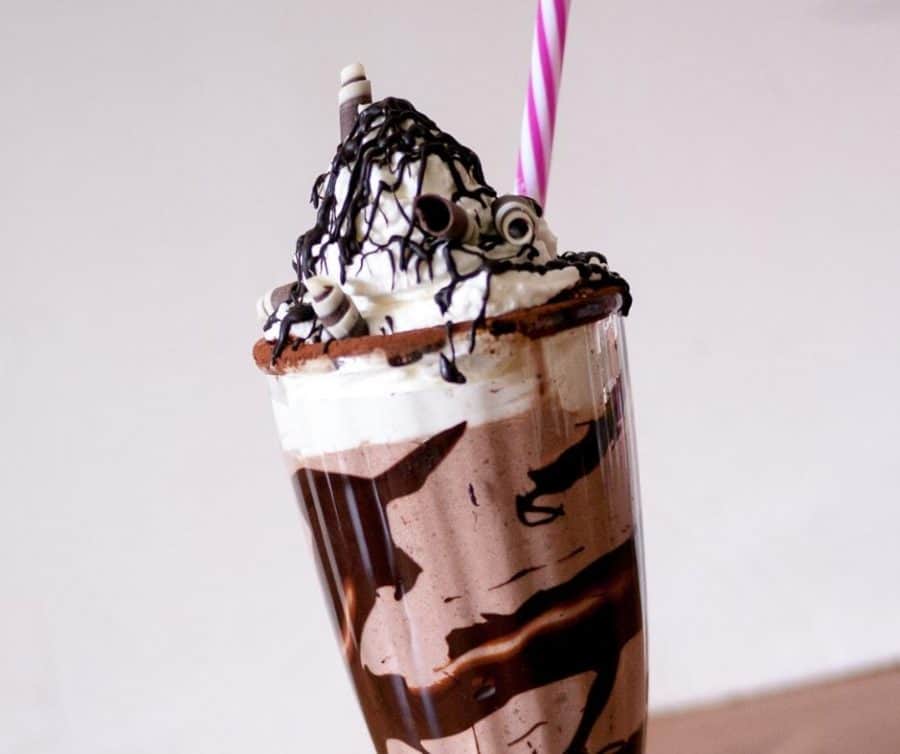Have you had a recipe that asks for cream, whipping cream, double cream, heavy cream, light cream, single cream, half and half, light cream? So, many different types of creams and also called differently in different parts of the world. So, no wonder, I often people ask me what type of cream to use? what percentage of cream does this recipe need? And so on. This article delves into the different types of cream used in cooking, explains how they are used, and provides tips on which cream to use when, so you can create the most delicious dishes possible. So if you’re looking to level up your culinary skills and take your cooking to the next level, you’ve come to the right place. Let’s explore the different types of cream used in cooking and discover how they can help you make your dishes stand out!
Types of creams used in baking
In cooking, various types of cream are used to add richness, smoothness, and flavor to dishes. Here are some common types of cream used in cooking: It’s important to note that the specific processes and regulations may vary depending on the country, dairy practices, and type of cream being produced. Different types of cream, such as heavy cream, whipping cream, or light cream, may have variations in fat content and processing methods.
Heavy Cream: Also known as double cream or whipping cream, heavy cream has a high fat content (usually around 36%-40%). It is used in savory dishes like creamy soups, sauces, and gratins, as well as in desserts like custards, ice creams, and ganaches. Light Cream: Light cream has a lower fat content compared to heavy cream (around 18%-30%). It is often used in coffee or tea, as well as in recipes that require a slightly lighter texture and flavor, such as sauces and soups.
Half-and-Half: Half-and-half is a mixture of equal parts whole milk and light cream. It typically contains around 10%-12% fat. It is commonly used as a creamer for coffee and tea, as well as in recipes that require a lighter touch, such as creamy pasta sauces and some desserts. Whipping Cream: Whipping cream is similar to heavy cream but with a slightly lower fat content (around 30%-36%). It can be whipped to a soft or stiff peak and is commonly used as a topping for desserts, such as pies, cakes, and hot chocolate. You can even stabilize the whipped cream with gelatin to increase its shelf life.
Sour Cream: Sour cream is made by fermenting regular cream with lactic acid bacteria. It has a tangy flavor and a creamy texture. Sour cream is used in both sweet and savory dishes, including dips, dressings, baked goods, and creamy sauces.
Crème Fraîche: Crème fraîche is a thick, tangy, and slightly nutty cream that is made by fermenting heavy cream with lactic acid bacteria. It has a higher fat content compared to sour cream (usually around 30%-45%) and is often used as a garnish for soups, sauces, and desserts, or as an ingredient in creamy dishes. Clotted cream – This is the thickest and riches also know as Devon or Devonshire with a fat content of 55 to 60%. It’s already so thick it does not need to be whipped before serving and works a treat with fresh fruits, scones. Often used as pouring cream. It should never be used in cooking because it can separate on heating.
Chantilly cream – Made by folding whipped cream into vanilla pastry cream. This is often used in desserts as filling as well as other decadent and wonderful combinations. Long life cream – (UHT) is stabilized cream which is heated at a very high temperature for a short time. Because it has undergone ultra heat to extend its shelf life and usually contains 35% milk fat.
These are some of the commonly used creams in cooking. The choice of cream depends on the desired richness, texture, and flavor of the dish you are preparing.
Goat milk cream – Goat milk is not new but is now gaining popularity in recent times. It is similar to other creams and is often available in different percentages as whipping cream, pouring cream, as well as topping for desserts. It has a shorter shelf-life of 5 to 6 days while still sealed. Once opened it must be used within 2 to 3 days.
Reduced-fat cream/low-fat cream – These are also called whipping cream but available will a low-fat percentage of 25% to 28%. Low-fat creams can be whipped if you work with it while very chilled. Chill the cream, as well as all the equipment used to whip it. Additionally, place the bowl of whipped cream over ice while whipping it. Low-fat creams can also be stabilized in 5 different ways as shown in this video.
Frequently asked questions
Thank you for sharing - Save for later
It’s important to note that these are general guidelines, and there may be some variations in cream types and fat content depending on brands and specific regions within the US and UK. It’s always recommended to check the labels or refer to local culinary references for precise information on cream types and fat content in your specific area.
